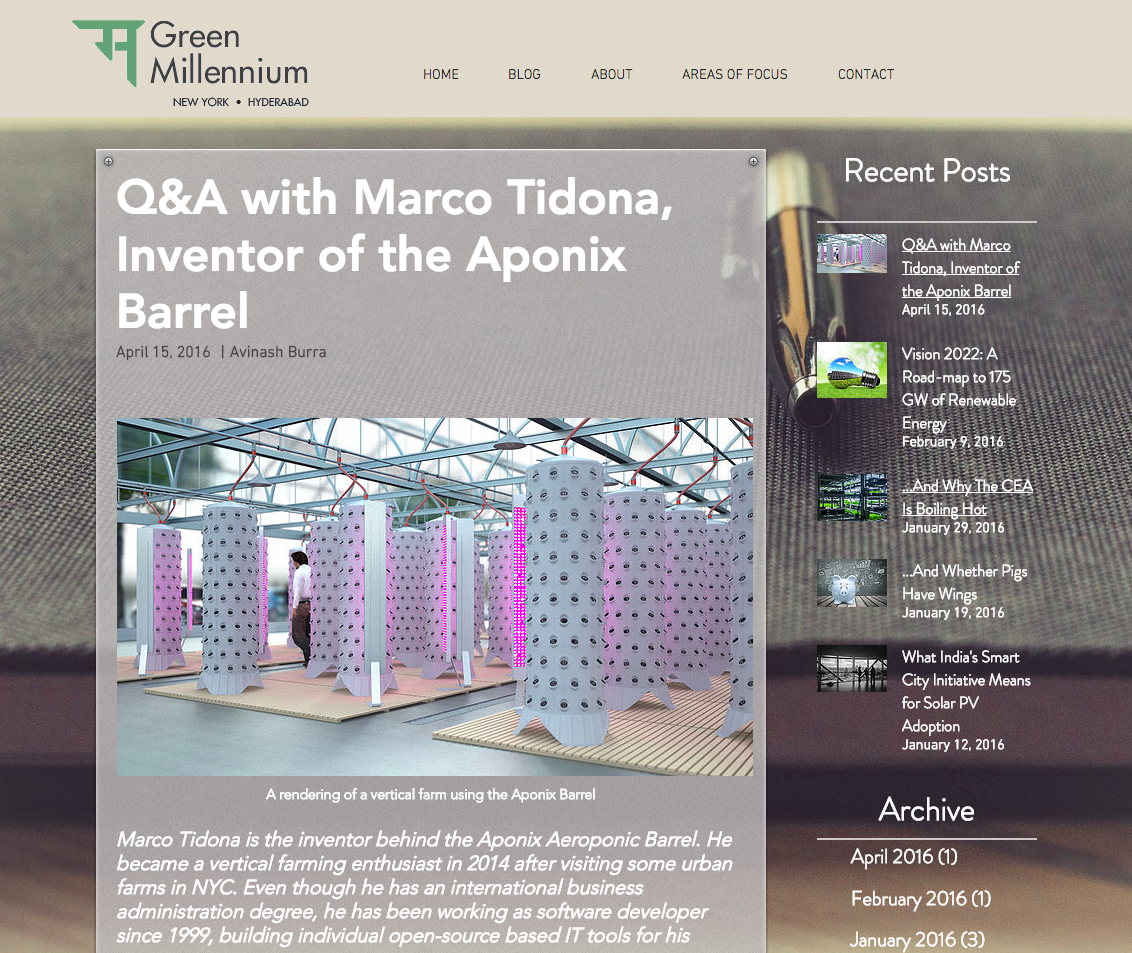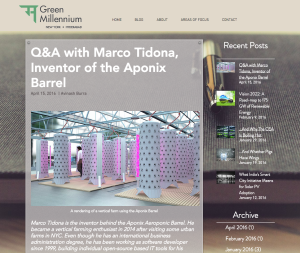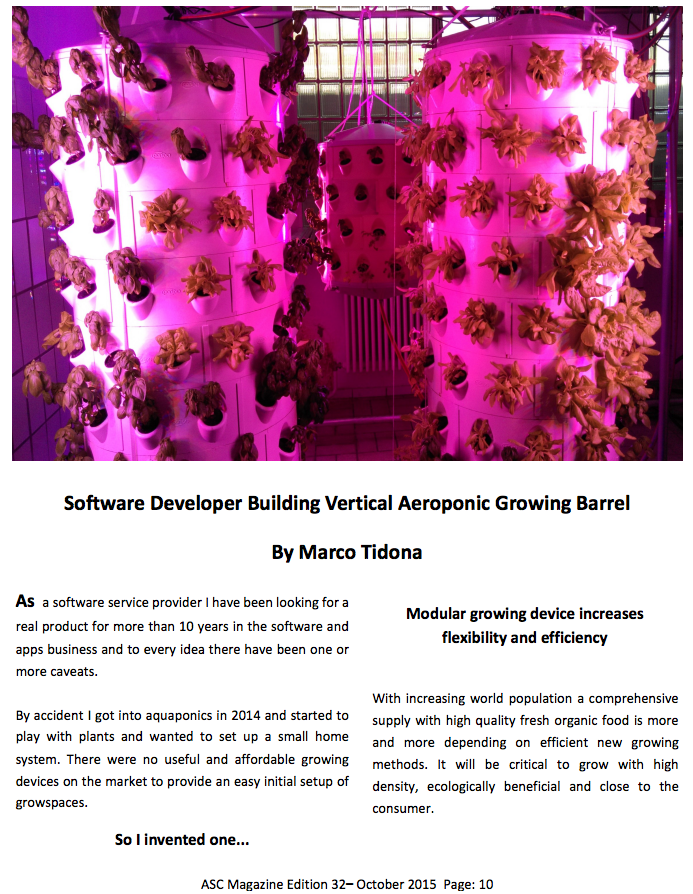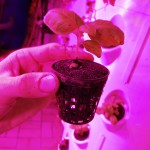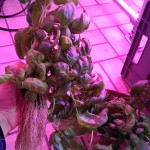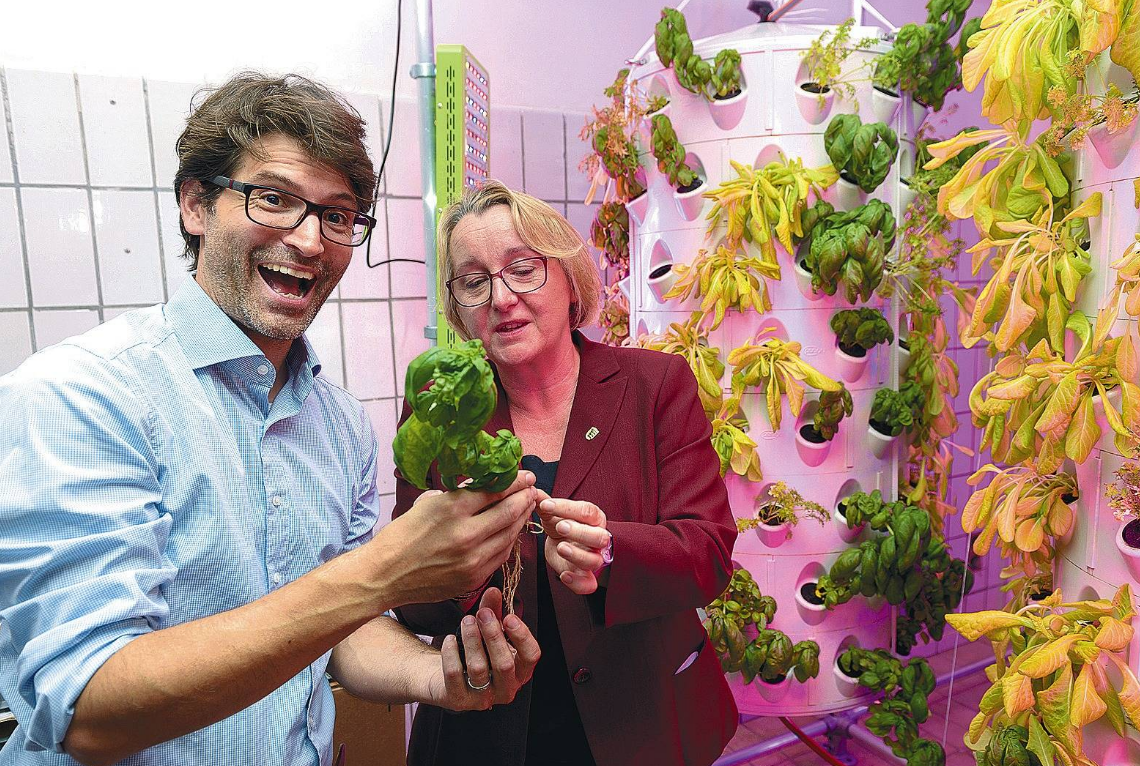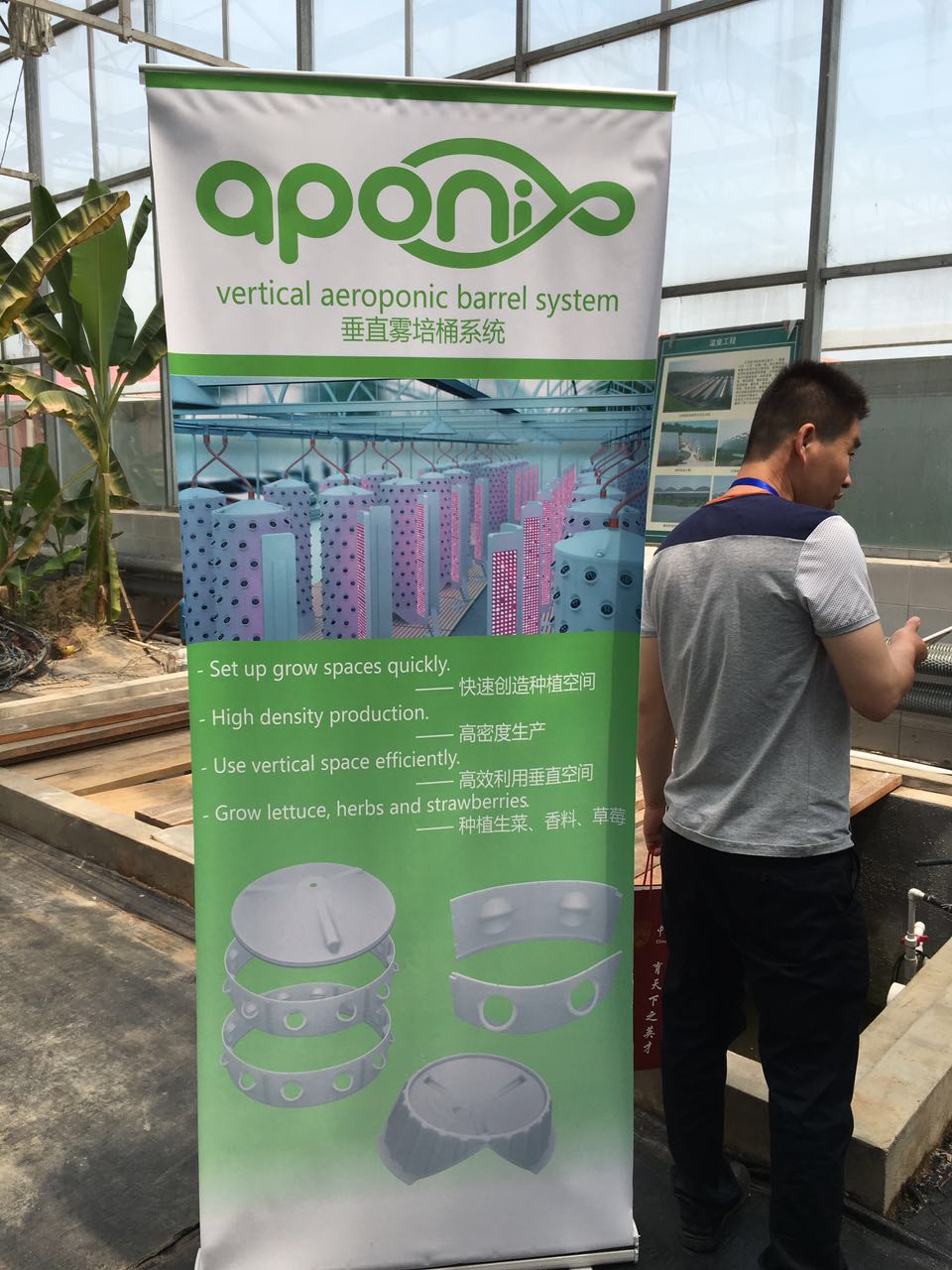
In Tongzhou, suburb of Beijing, CAU FUTONG has set up an agricultural park, called Beijing International Urban Agricultural S&T Park on nearly 100ha. It is a platform for
- communication & cooperation of international modern agriculture science & technology,
- demonstration platform of advanced agricultural facility & equipment,
- testing platform of advanced technology of agricultural science & research,
- exporting platform of agricultural concept & technology and
- training & promotion platform of practical agricultural technology.
In May CAU FUTONG opens the ‘The 6th Tongzhou International Urban Agricultural S&T Festival’ in Tongzhou park. The festival is to share resources of agriculture, display the plentiful fruits of agricultural development and to promote the communication among agricultural sectors.
Opening Ceremony: 20 May 2016 Friday
Venue: Beijing International Urban Agricultural S&T Park, Tongzhou District, Beijing
We are very proud, that our aponix aeroponic barrels will be shown as a kind of new component for vertical farming there.

